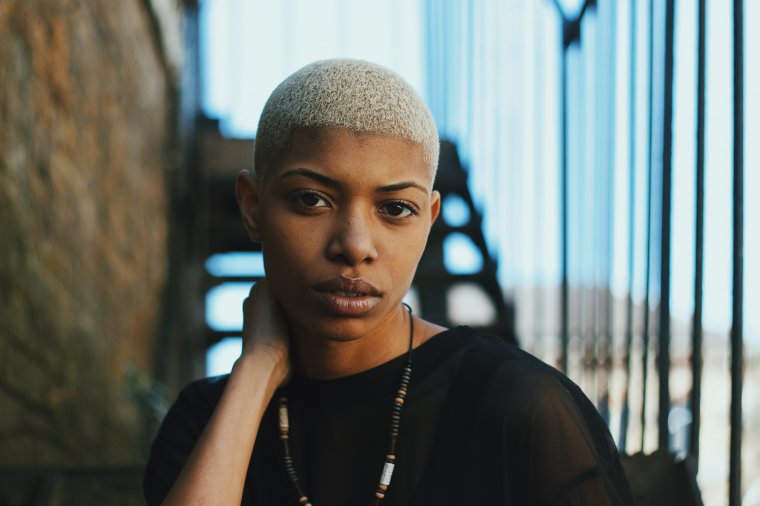
As photographers, we tend to develop our own craftsmanship behind our images the more experienced we get or the more we practice. This craftsmanship is what helps us to develop and acknowledge our different styles in how we shoot as well the different styles in how we edit. I have never been one to believe that any two photographers are the same, however, they might be similar. Nonetheless, there is a common interest that all if not most photographers share. This common interest is the appreciation and love we have for subject isolation in our images. Having great subject isolation in your shots not only helps to enhance the look of the shot overall but it also adds extra sense creativity to the shot as well. In this article, I will be sharing a few simple but useful tips and tricks as to how you can achieve great subject isolation in photography as a beginner. These tips are pretty simple and short, which will have you doing great subject isolation in no time so let’s begin.
Table of Contents
Something that is often overlooked when it comes to isolating your subject by most photographers is taking into account the lighting you’re working with. Having a dark background with adequate light on your subject can help to make for dramatic isolation of your subject itself. With the right settings, you can help to make your subject pop more while making the background extremely dark or in some cases, having it black. This method is particularly great for portraits in street photography.

Try to keep an eye out for these ideal lighting situations such as large areas with a shade that is not affected by light directly. This technique has been helping when shooting urban portraits with an aim to captivate my viewers. The key to getting method correctly is finding the right balance between the light and shade in your frame. If you’re shooting in complete auto which I hope you’re not then your camera will try to analyze the light in the whole frame and work to compensate for the darks in your background. Make sure your camera is on manual and play around with your settings a bit so you get the right amount of exposure to see your subject properly while at the same time keeping your dark areas in the background.
This is one of the most popular and easy methods when it comes to subject isolation. With a very careful and control focus and a shallow depth of field, it is very easy to Isolate your subject. However, this method is effectively achieved with low aperture lenses such as a 50mm f/1.4. This lens should every photographer’s first purchase when upgrading their gear from just a regular kits lens. The 50mm eventually teaches you how to appreciate a prime lens as well as give you a basic understanding of how aperture works. In addition to gaining a basic knowledge of how the aperture in lens works, you learn how to use it to your advantage as well.

Using a very wide aperture is one of the key ingredients to this method but don’t make the mistake thinking that it’s all about your f-stop value and that’s it.
The next thing to take into consideration is your distance from the subject you are capturing as it also plays a roll in achieving a very smooth, yet effective background blur which helps to make your subject stand out more. This method is not limited to only the 50mm but can also be achieved on an 85mm as well. Truth be told, the isolation that is achieved on an 85mm is a little better than that of the 50mm but nonetheless, you can test them out yourself and see which one you like the most.
Another thing that I found helped was actively setting my autofocus point to the center. I began to make it habit in an effort to enhance my subject Isolation a bit more while also getting my subject super sharp as well. This method has proven very helpful and I do recommend that you give it a try as a beginner or even if you’re a professional and have not yet tried.

My final tip would be to carefully compose your shots when trying to isolate or place emphasis on your subject. Choosing carefully what you include or exclude from your frame can either help to place emphasis on your subject or distract the viewer from what they should be focusing on in the first place. Try moving your subject around a little here and there and carefully look at what’s going on in your background. I usually try to keep my backgrounds very simple and not too busy so there is nothing too distracting from the main subject. This might be a bit tricky especially in busy environments such as a market or even in a busy city but if you look hard enough and carefully compose the shot as you are supposed to then you are guaranteed to appreciate the results. I always like to think like a true minimalist in these cases and preach that less is always more.

I hope these simple tips and tricks have been helpful in learning the craft of isolating your subjects in photography and by extension improving your images as well. It’s always a pleasure and until next time, take care.
Comments (0)
There are no comments yet.